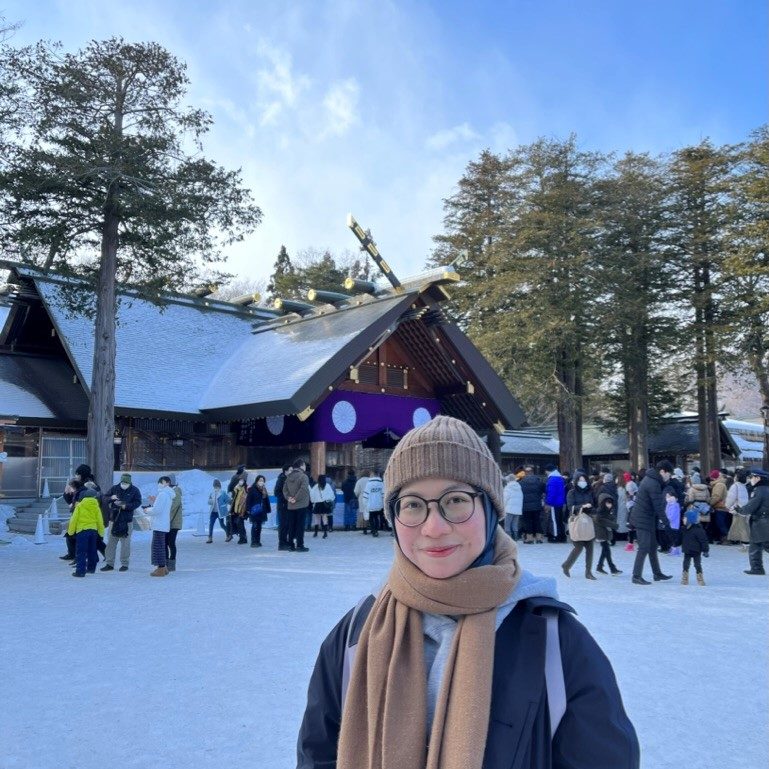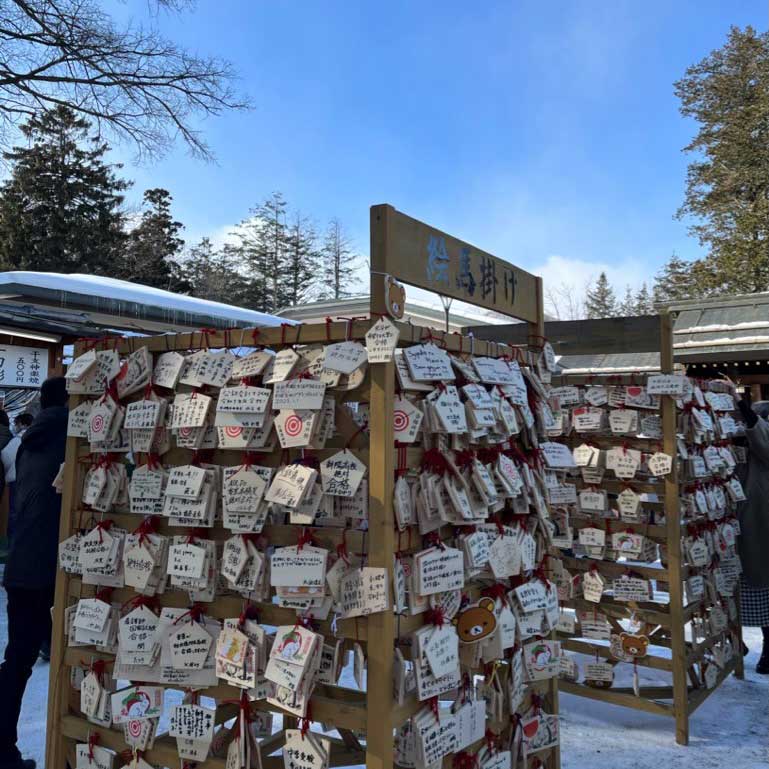Happy New Year! Even though it might be a bit late, I hope this year will bring more happiness and peace to everyone. Speaking of New Year’s Day, have you ever wondered about celebrating it in Japan, especially in Hokkaido? The winter season adds a snowy twist to the mix! Not to mention, one timeless tradition stands out called “Hatsumode.” Let me tell you about my fun times ringing in the New Year there, where ancient customs meet Japan’s modern vibes.
New Year’s Day is considered to be a significant time when the world comes together to say goodbye to the past and welcome new beginnings. It is a time when we start afresh and look forward to the blank canvas of tomorrow. In my country, the day before New Year’s Day is the preferred day for festive celebrations as compared to New Year’s Day itself. On New Year’s Eve, many places, such as shopping malls, theme parks, or even some parts of the main streets, organize festivals and fireworks events to welcome the new year. However, I was hardly used to leaving my home during this time as these places and streets would be crowded with people who wanted to attend these events. Before coming to Japan, I used to spend New Year’s Eve with my family by having a barbecue and watching the countdown live on television until the clock struck 12, after which we would enjoy watching the big fireworks display on the screen. Some years, there were small events near my neighborhood where endless fireworks would light up the sky, and I could watch them from my room. As a result, the image of New Year in my mind was always associated with a grand display of fireworks.
However, my perspective of New Year was enriched when I moved to Japan and discovered the country’s unique tradition called “Hatsumode.”

Experiencing Hatsumode
Hatsumode, literally meaning “the first (hatsu) shrine visit (mode),” is a time-honored tradition where people visit Shinto shrines or Buddhist temples to express gratitude for the past year and pray for good luck in the coming year. It symbolizes a new beginning, an opportunity to leave the past behind and embark on a new journey with optimism and good fortune. Last year, on New Year’s Day, I had a chance to visit the Hokkaido Shrine, which is known for its unique architectural design and also the most popular place for doing Hatsumode in Sapporo. Since it was winter, the shrine was covered in snow, making it look more magical. The shrine was also crowded with people, even from the entrance gate. Many of them lined up to enter the shrine to perform a prayer, while some of them lined up to draw Omikuji, which is a paper slip that tells one’s fortune, or got some lucky charms (Omamori, Ofuda, and Hamaya) to protect them and help their wish come true.
I don’t usually believe in horoscopes, but I was curious about omikuji, so I decided to try it. To participate, I had to pay a designated amount (usually around 100-300 yen) by putting it in a particular box. Then, I had to shake the wooden box until an omikuji stick with a specific number fell out. Finally, I had to find my omikuji paper in another box by matching the number on the stick. Surprisingly, I received 大吉 (daikichi) or “great fortune.” The omikuji slip also included advice on several aspects of life, such as your overall wish, marriage, business, travel, academics, etc. If your result is bad fortune, it is common to tie the slip to a string found at the site to leave the bad luck behind and not carry it with you.
On the corner of the shrine, there were tons of wooden tablets hanging and overlapping each other. These traditional Shinto plaques are called 絵馬 (ema), which worshippers dedicate to make their wishes come true by hanging them at the shrine where a kami or God is believed to receive them. Unfortunately, I didn’t have a chance to write mine, but I plan on doing it this year!

Celebrating the Season
In Japan, New Year’s Day is also associated with the winter season, and when it comes to winter, it is all about the snow! That was why I made it a priority to hunt down the best snow experience in Hokkaido. After visiting the shrine, I headed to a nearby park where I played with a bunch of snow and crafted a snowman and a snow rabbit. Later, I decided to go to Odori Park, where I wanted to see the nearby Sapporo TV Tower. Luckily, the snow started falling beautifully as I arrived, making it an unforgettable experience. Even though it was freezing outside, I couldn’t help but stop for a moment to admire the snowfall and play in it like a happy kid.

At night, there was a major winter event in Hokkaido called “Sapporo White Illumination,” where the streets of Sapporo became a winter wonderland when they were lit up in an array of fantastical colors. The event occurred at various locations throughout the city, with many situated around the Odori Park area. Fortunately, one of the best spots was located near the hotel where I stayed, at Sapporo City North 3rd Street Plaza, conveniently close to Sapporo station and Odori Park. The snow-covered grounds were adorned with beautiful decorations on the ancient ginkgo trees that rise in the background of the buildings, and the plaza was beautifully illuminated. The lights would change colors and be accompanied by background music for a few minutes before turning off for a second, only to light up and change colors continuously like before. I went for a walk in this area to enjoy the stunning, illuminated scenery. However, I couldn’t stay too long because it was freezing at night, and the strong wind made it even worse. If anyone wishes to come here, please be careful not to catch a cold.

I had an incredible experience celebrating New Year’s Day in Japan. It was fascinating to witness and participate in the cultural and seasonal traditions, which were quite different from what I was used to in Indonesia. This experience opened my mind to new perspectives and made me curious about how other countries celebrate this festive occasion. For those planning a trip to Japan, I highly recommend visiting Hokkaido or any other location where you can experience these traditions firsthand. You can enjoy the best of both traditional and modern worlds in one place!
